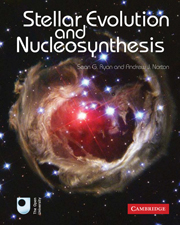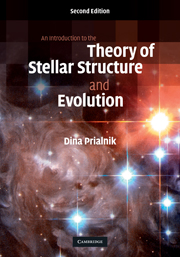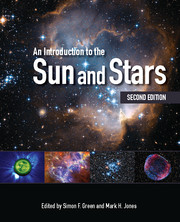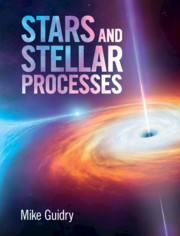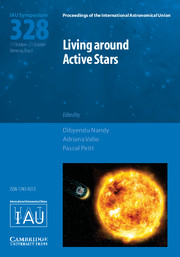Stellar Evolution and Nucleosynthesis
This self-contained astrophysics textbook for advanced undergraduates explores how stars form, what happens to them as they age, and what becomes of them when they die. Students can investigate the physical processes sustaining the energy output of stars during each stage of their evolution and which drive the progression from one stage to the next, and examine the relationship between different stages of stellar evolution and the production of the chemical elements. The textbook contains a wealth of worked examples and exercises with full solutions. Summaries, key facts and equations are clearly identified, and there are full colour illustrations throughout. Drawing on decades of experience in supported learning and independent study, this textbook is an ideal bridging text for astrophysics and physics majors looking to move on from the introductory texts. Accompanying resources to this textbook are available at: http://www.cambridge.org/features/astrophysics.
- An ideal bridging text for astrophysics and physics majors looking to move on from the introductory astronomy texts
- Key equations are derived and physical processes fully explained, with each chapter building on knowledge from the previous
- Contains numerous self assessment questions, with solutions, so is ideal for self-supported and independent study
Reviews & endorsements
“Stellar Evolution and Nucleosynthesis provides a fine, insightful, and remarkably complete introduction to modern astrophysics that is both well written and illustrated. A logical flow, attention to detail, worked examples, and end-of-chapter summaries are especially good in creating an effective learning environment.” - Jim Kaler, Professor Emeritus of Astronomy, University of Illinois
“This book tackles the complex life-cycles of stars with rigour and economy, putting the astronomy on a firm physical basis. A clear layout and extensive worked problem set make this an ideal starting point for physics students learning about stellar structure and evolution.” - Dr Graham Woan, Reader in Astrophysics, University of Glasgow
Product details
February 2010Hardback
9780521196093
236 pages
270 × 217 × 19 mm
0.99kg
50 exercises
Available
Table of Contents
- 1. Main sequence stars
- 2. Gravitational contraction
- 3. Nuclear fusion
- 4. From main-sequence to giant branch
- 5. Helium-burning stars
- 6. Late stages of stellar evolution
- 7. Supernovae, neutron stars and black holes
- 8. Star formation
- Index.

